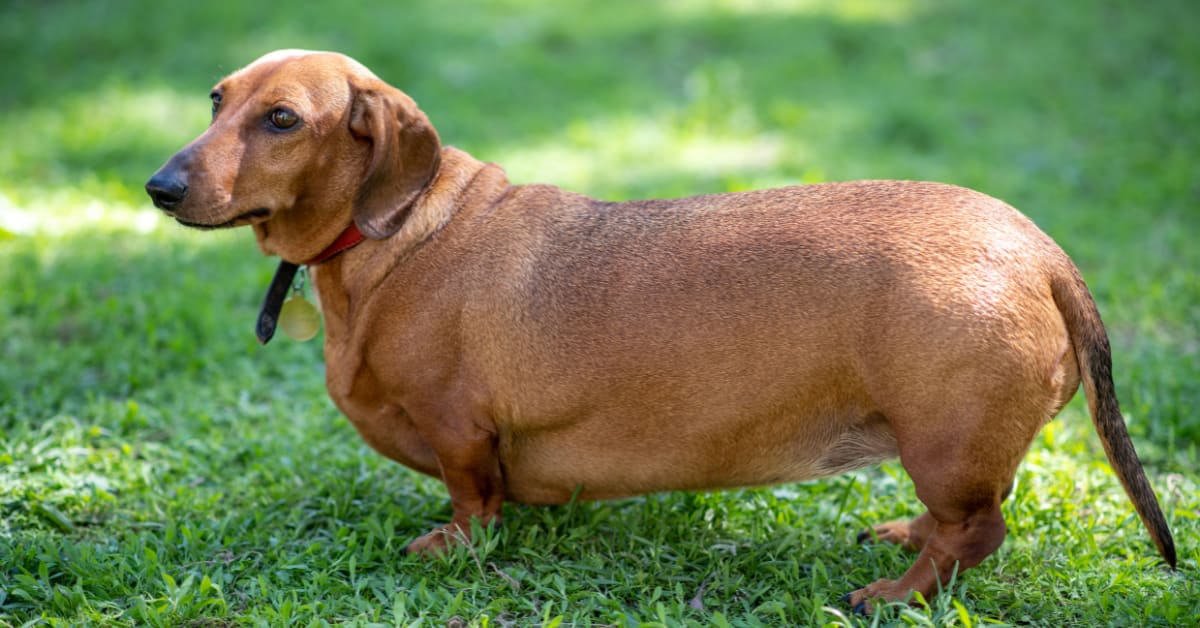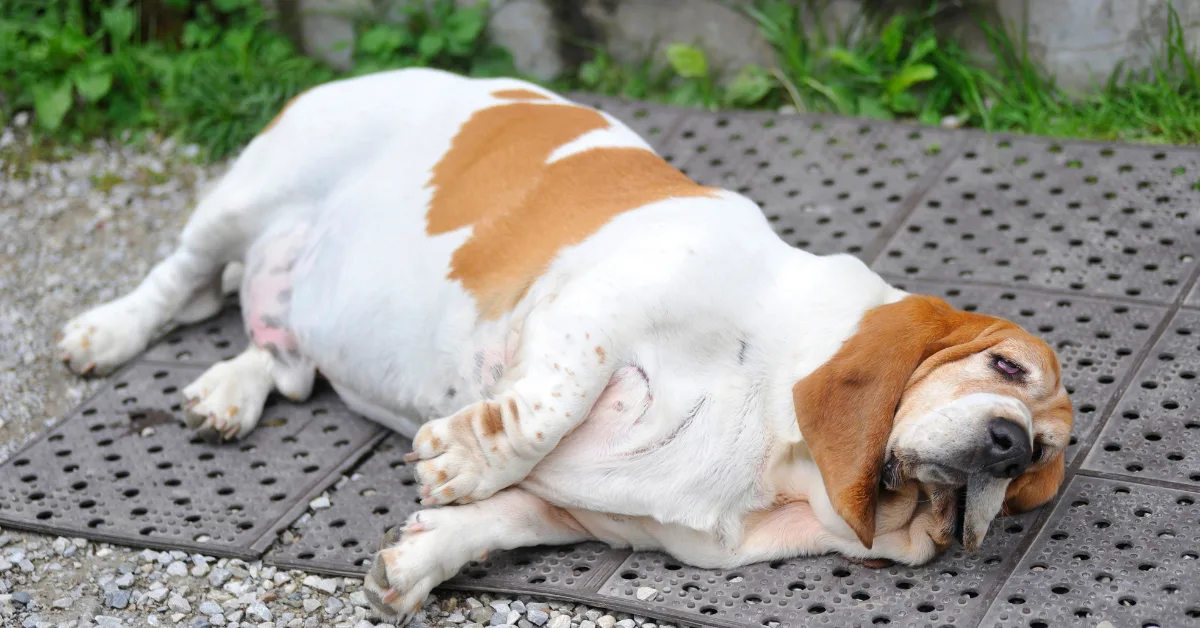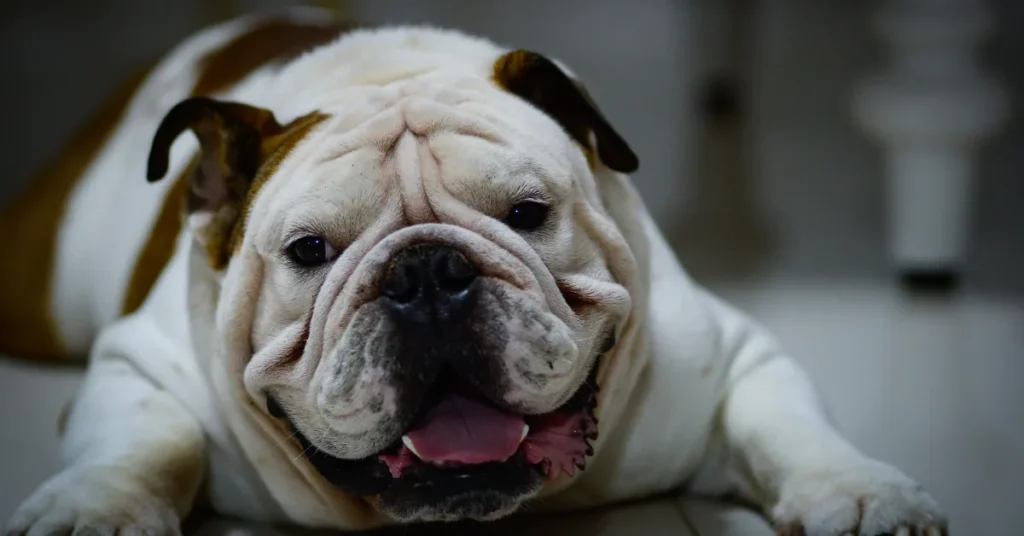This post is provided by Poop Patroller in Arlington, VA.
Obesity is a rising concern not only for humans but for our furry companions as well. Overweight dogs are at risk of numerous health problems, including diabetes, heart disease, and joint issues. Just as in humans, shedding excess pounds can significantly improve your dog’s overall health and quality of life. However, it’s vital to approach weight loss in dogs with care and responsibility. In this weight loss plan, we’ll outline a step by step guide to help your overweight dog shed pounds and regain their vitality.
Step 1: Consult with Your Veterinarian
Before embarking on any weight loss journey with your dog, it’s crucial to consult with your veterinarian. They can assess your dog’s current health, rule out any underlying medical conditions, and provide personalized recommendations. Your vet will help you figure out a target weight for your dog and set realistic weight loss goals.
Step 2: Establish a Balanced Diet
Creating a balanced diet is the cornerstone of any weight loss plan for dogs. Work with your veterinarian or a canine nutritionist to develop a customized feeding plan. Key considerations include:
Portion control: Measure your dog’s food to ensure they’re receiving the right amount and consider using a specialized feeding cup.
High quality, low calorie food: Choose high quality dog food designed for weight management.
Avoid treats: Limit high calorie treats and instead reward your dog with low calorie alternatives like carrot sticks or green beans.
Slow and controlled feeding: Use slow feed bowls to prevent overeating.
Step 3: Regular Exercise Routine

Exercise is vital for helping your dog shed pounds. However, remember that overweight dogs may not be as active as they once were, so start slow and gradually increase the intensity and duration of exercise. Here are some exercise tips:
Daily walks: Begin with short, frequent walks and gradually extend their length. Aim for at least 30 minutes of brisk walking each day.
Playtime: Engage your dog in interactive games, like fetch or tug of war.
Swimming: If possible, swimming is a low impact exercise that can be highly effective for overweight dogs.
Step 4: Check Their Progress
Regular monitoring is essential to ensure your weight loss plan is effective. Keep a close eye on your dog’s progress:
Weigh ins: Weigh your dog regularly, preferably at the same time and on the same scale. Record the results to track their progress.
Body condition score: Learn to assess your dog’s body condition score using a 19 scale, with 5 being ideal. Consult your veterinarian if you’re unsure.
Adjust as needed: If your dog isn’t losing weight or is losing too quickly, consult your veterinarian for adjustments to the plan.

Step 5: Be Patient and Persistent
Weight loss in dogs, just like in humans, takes time and dedication. Remain patient and persistent throughout the process. Be mindful of the following:
Avoid crash diets: Rapid weight loss can be harmful to your dog’s health. Aim for a gradual, steady reduction in weight.
Consistency: Stick to the feeding and exercise plan consistently, even on weekends and holidays.
Encourage family involvement: Make sure that everyone in your household is on board with the weight loss plan and understands the importance of sticking to it.
Helping your overweight dog shed pounds requires a good weight loss plan that encompasses a balanced diet, regular exercise, monitoring, patience, and persistence. By working closely with your veterinarian, you can tailor a program that’s safe, effective, and tailored to your dog’s specific needs. Keep in mind that the ultimate goal is not just weight loss but improved health and vitality for your beloved pet. With dedication and care, your dog can regain their ideal weight and lead a longer, happier life.


